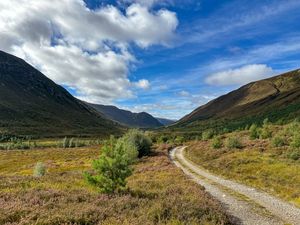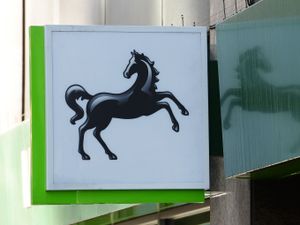Nature restoration in Highlands facing long-term challenges, communities warn
Funding and depopulation are putting a strain on projects that could take years if not decades to yield meaningful change.

Conservationists working to save vital ecosystems in the Scottish Highlands say they are facing a multitude of long-term challenges such as depopulation and guaranteed sources of funding.
A growing number of local projects – from regenerative farm clusters to saving Scotland’s rainforests – are responding to the country’s nature crisis after centuries of human-driven deforestation and habitat depletion.
But fears are growing that the country will fail to meet its 2030 conservation targets, with campaigners saying the Scottish Government has cut nature spending by tens of millions of pounds over the last decade.
The Nature Restoration Fund (NRF) – which is used to pay for community projects – saw £5 million diverted into funding wage settlements in Scotland’s local authorities earlier this year.
Conservationists are increasingly turning to the private sector for money, exploring options such as the nascent system of biodiversity credits and philanthropic grants – but these also come with barriers.

Sally McNaught, executive director of the Highlands & Islands Environment Foundation (HIEF), which funnels grants of between £5,000 and £15,000 to as many community-led projects as possible, said: “We always have more applications than money into the kitty.”
“But we definitely need to get more donors in so we can continue to do that and support more projects,” she said.
“These people are incredible. It’s actually very humbling to see what they’re happy to do and what they’re able to do.”
Several leaders behind projects supported by HIEF said their restoration work could take years, if not decades, to yield meaningful change.
Innes MacNeil, reserve manager at Alladale, a former sporting estate turned wildlife reserve in Sutherland, said: “We’ve abused the landscape for centuries, we’re not going to fix it in 25 years.”
MFI fortune heir Paul Lister bought the 23,000-acre estate in 2003 to restore nature across its rugged expanse of glens, mountains, woodlands and rivers.






